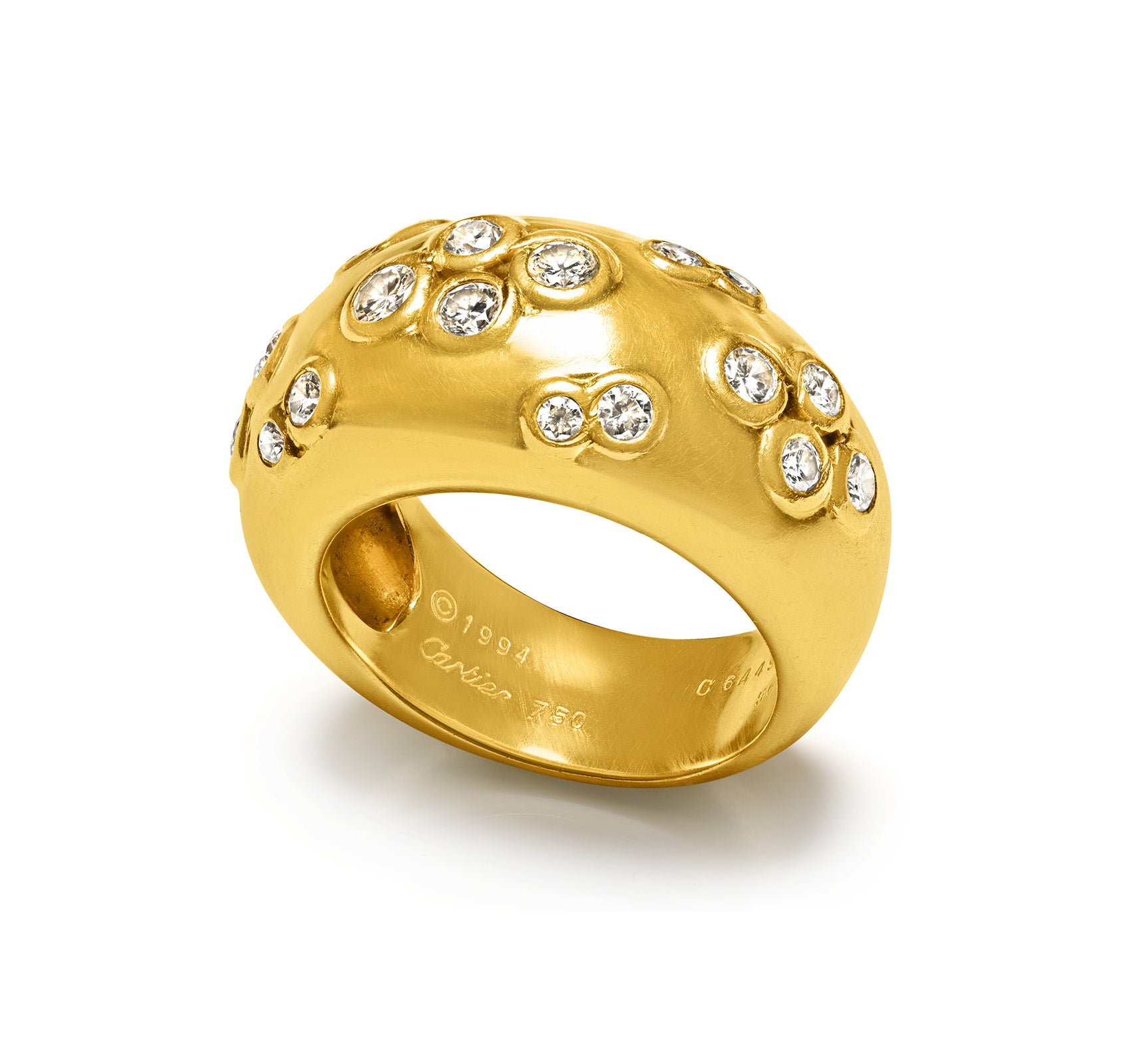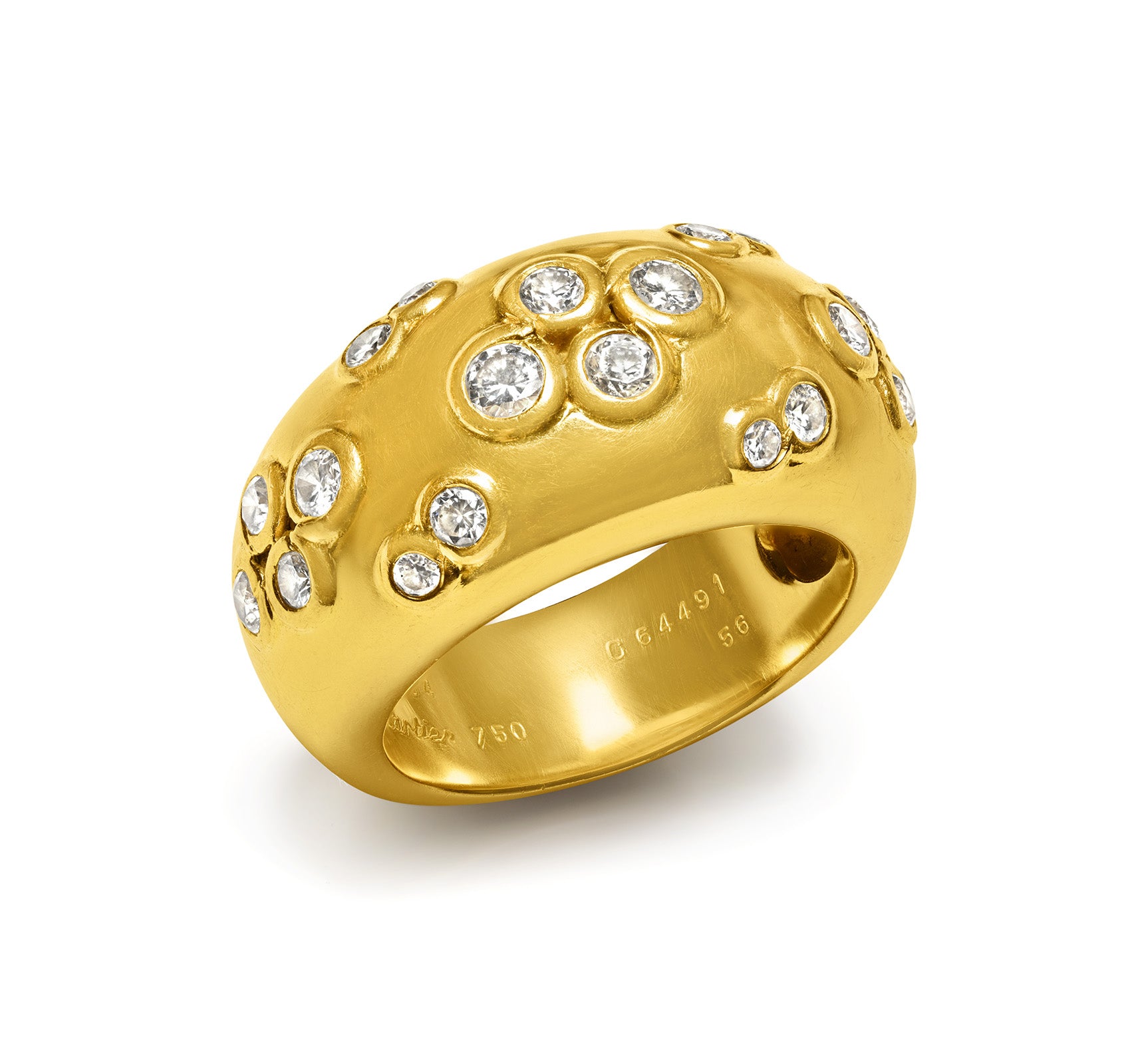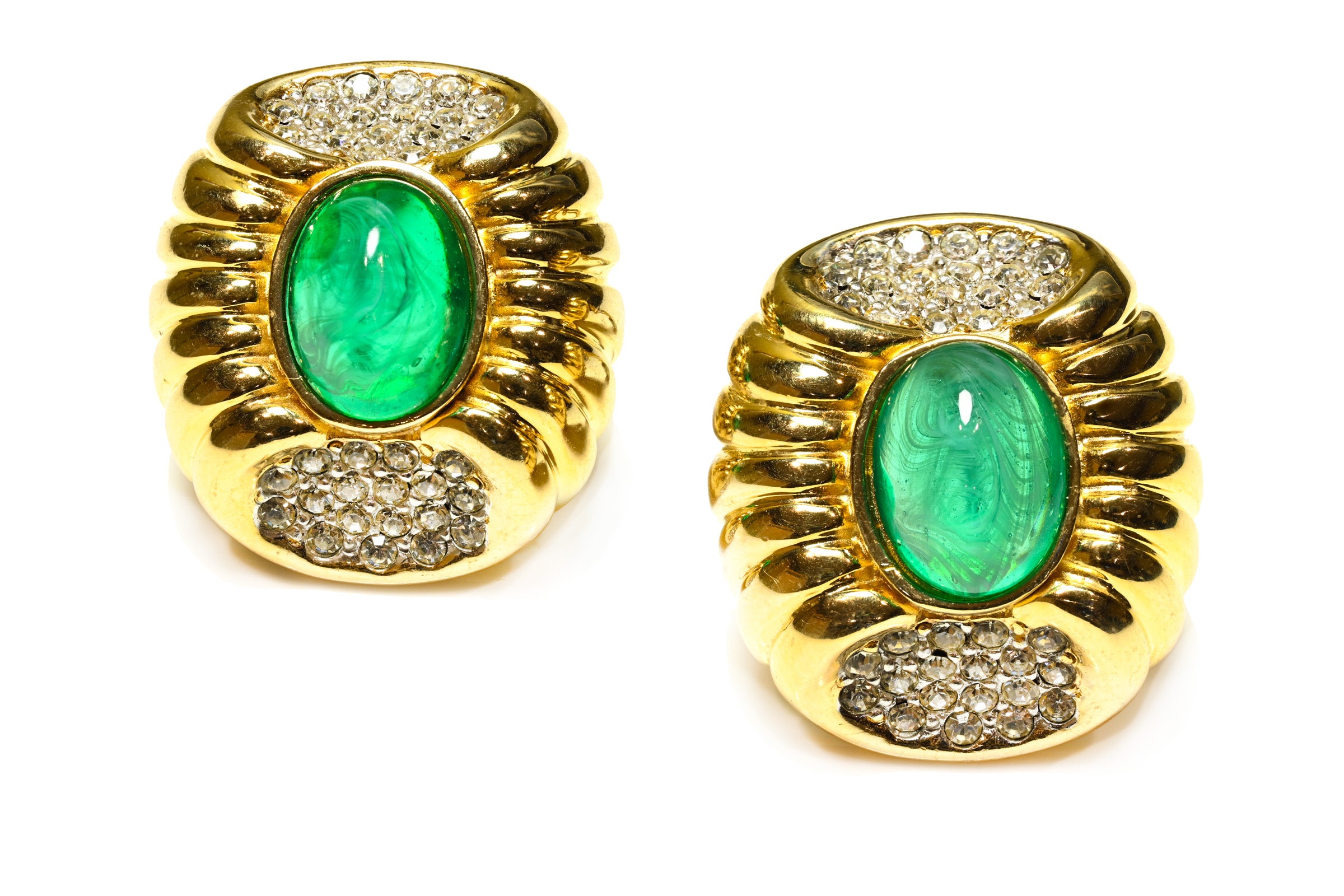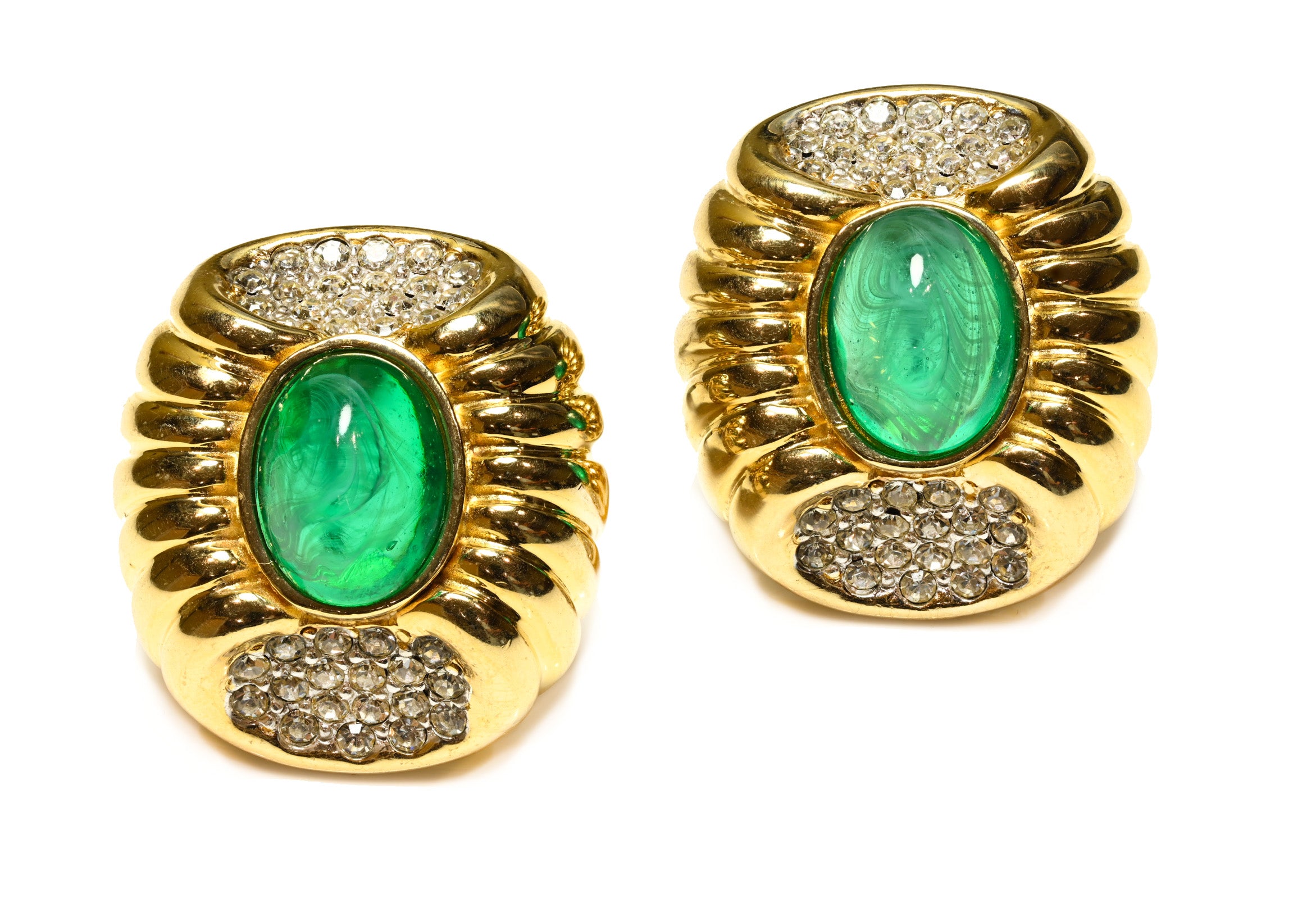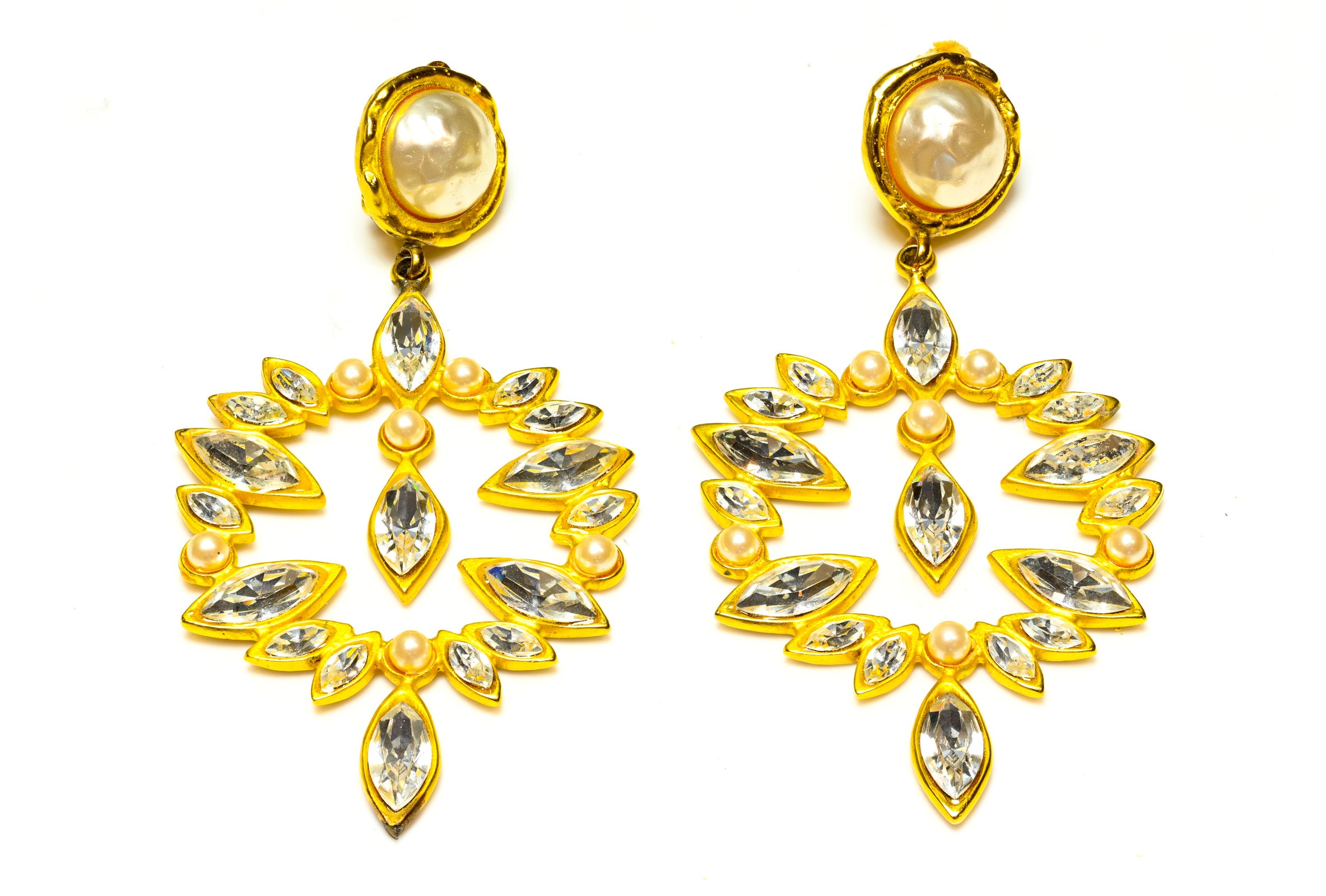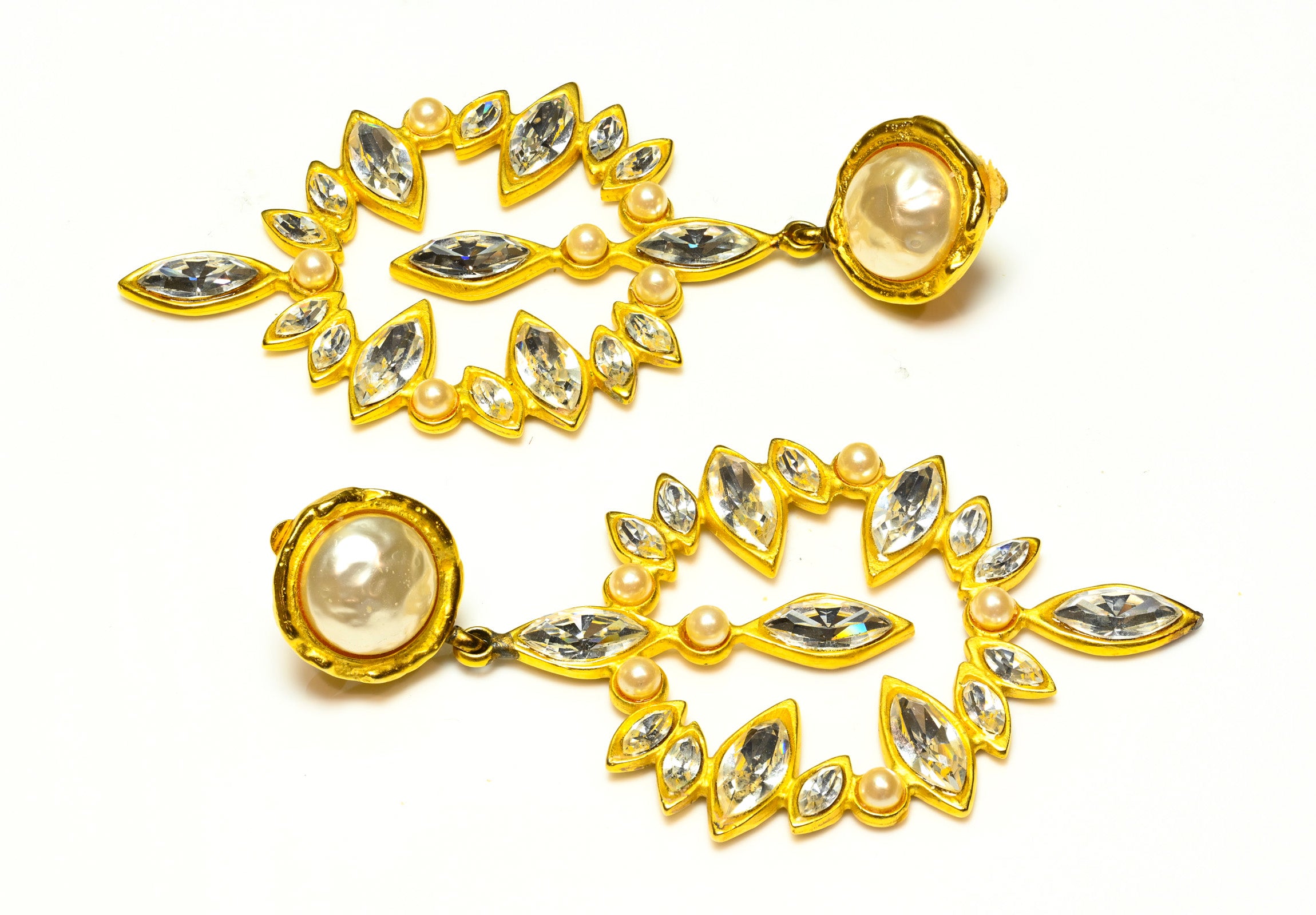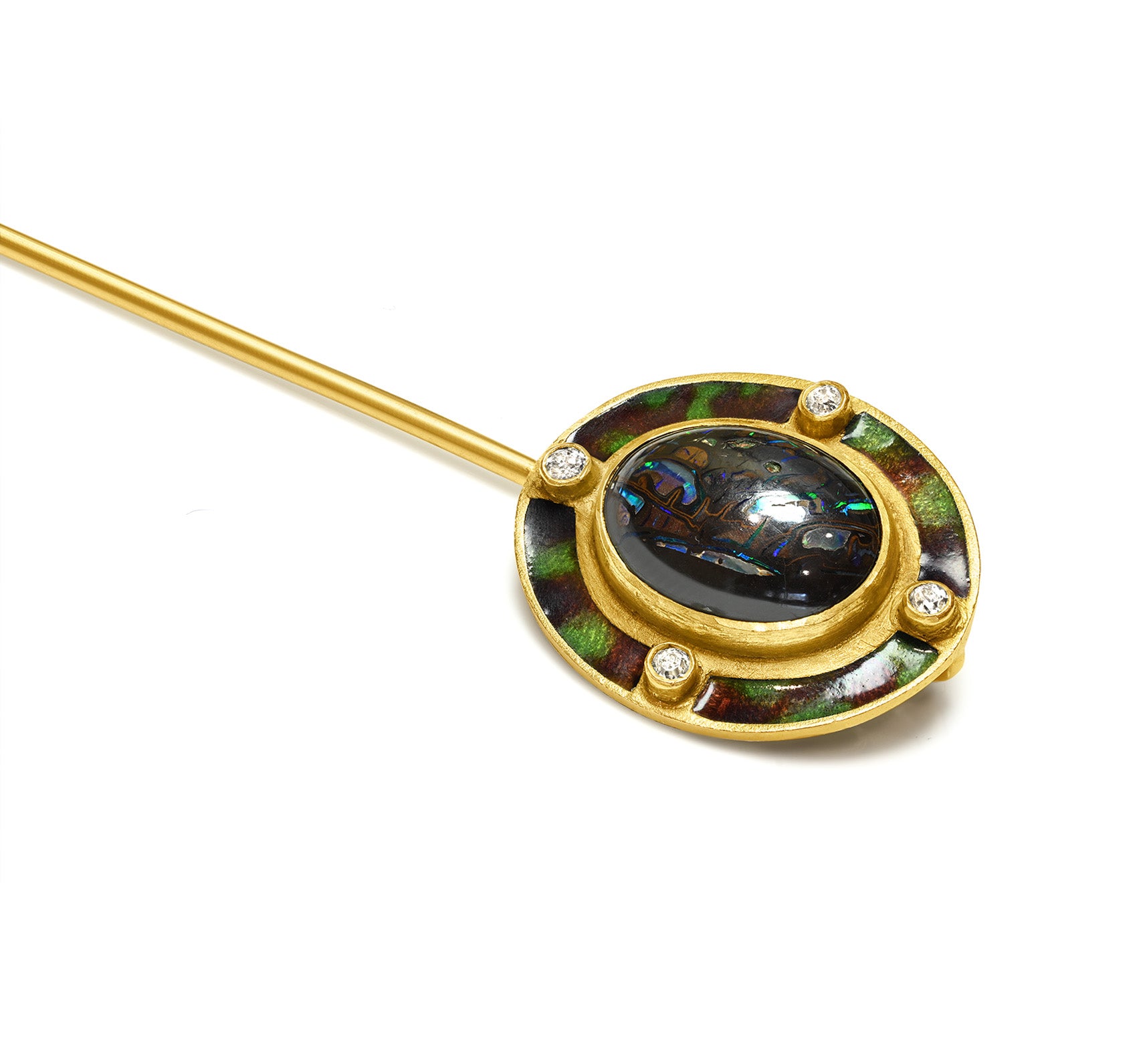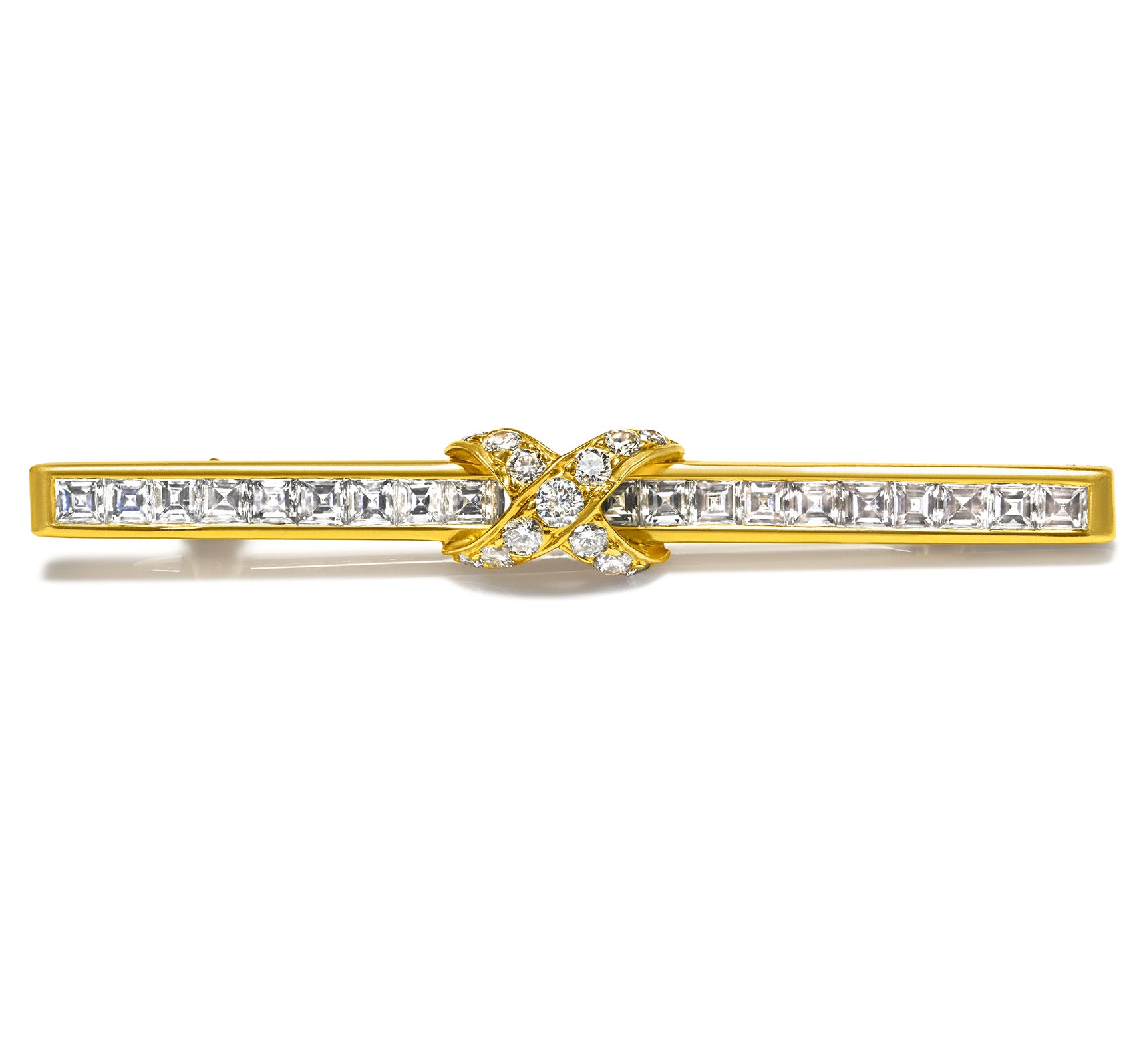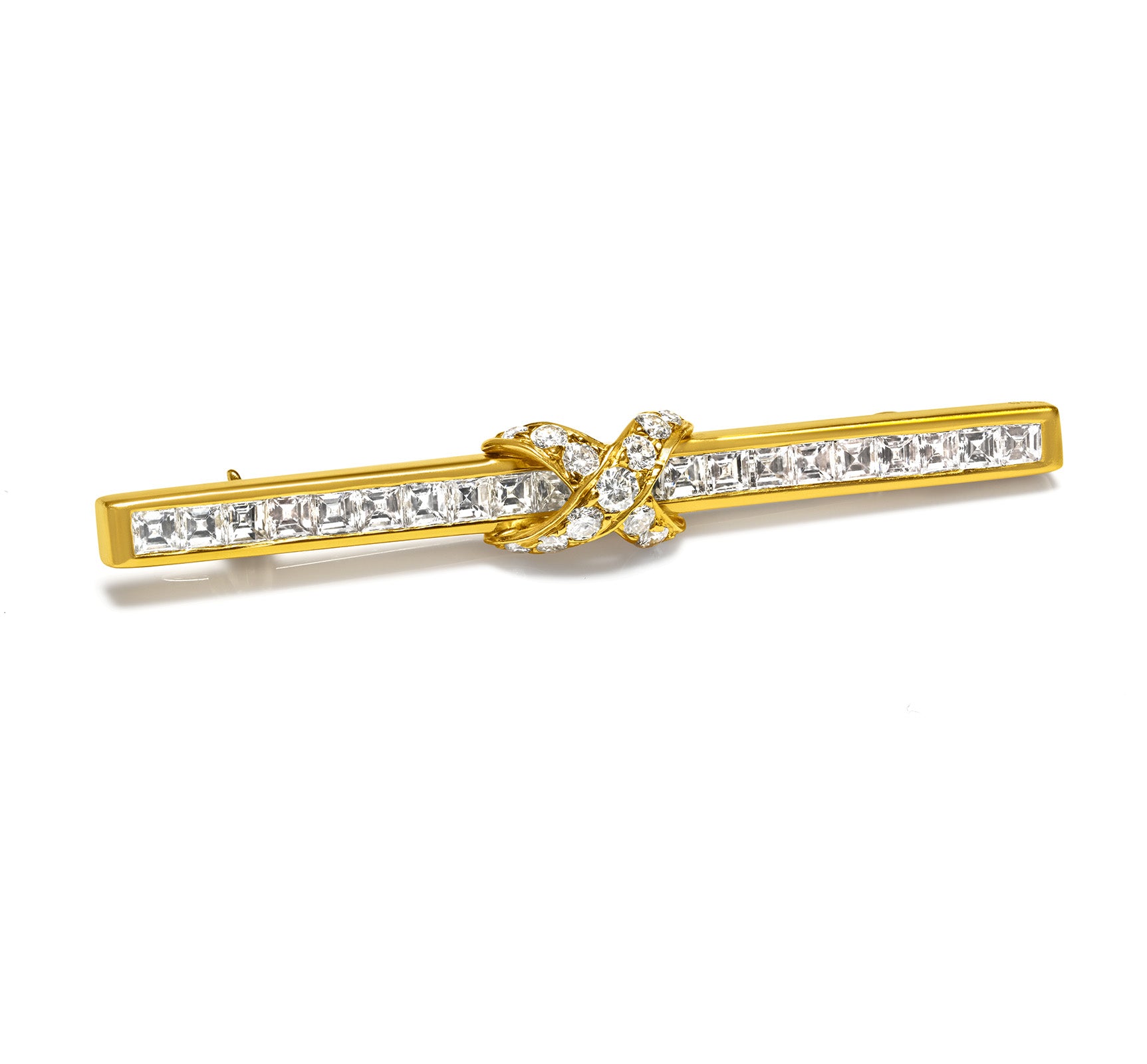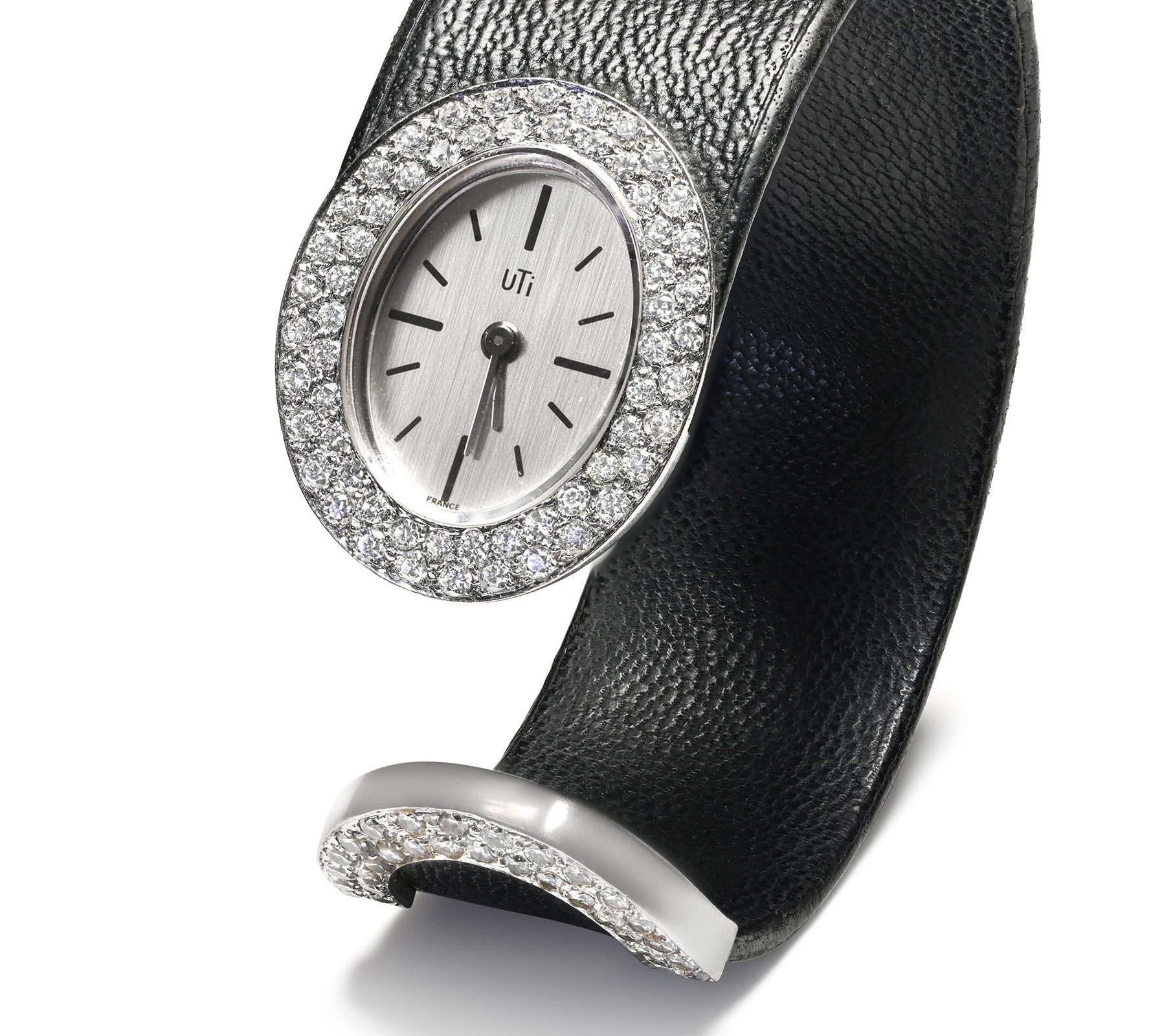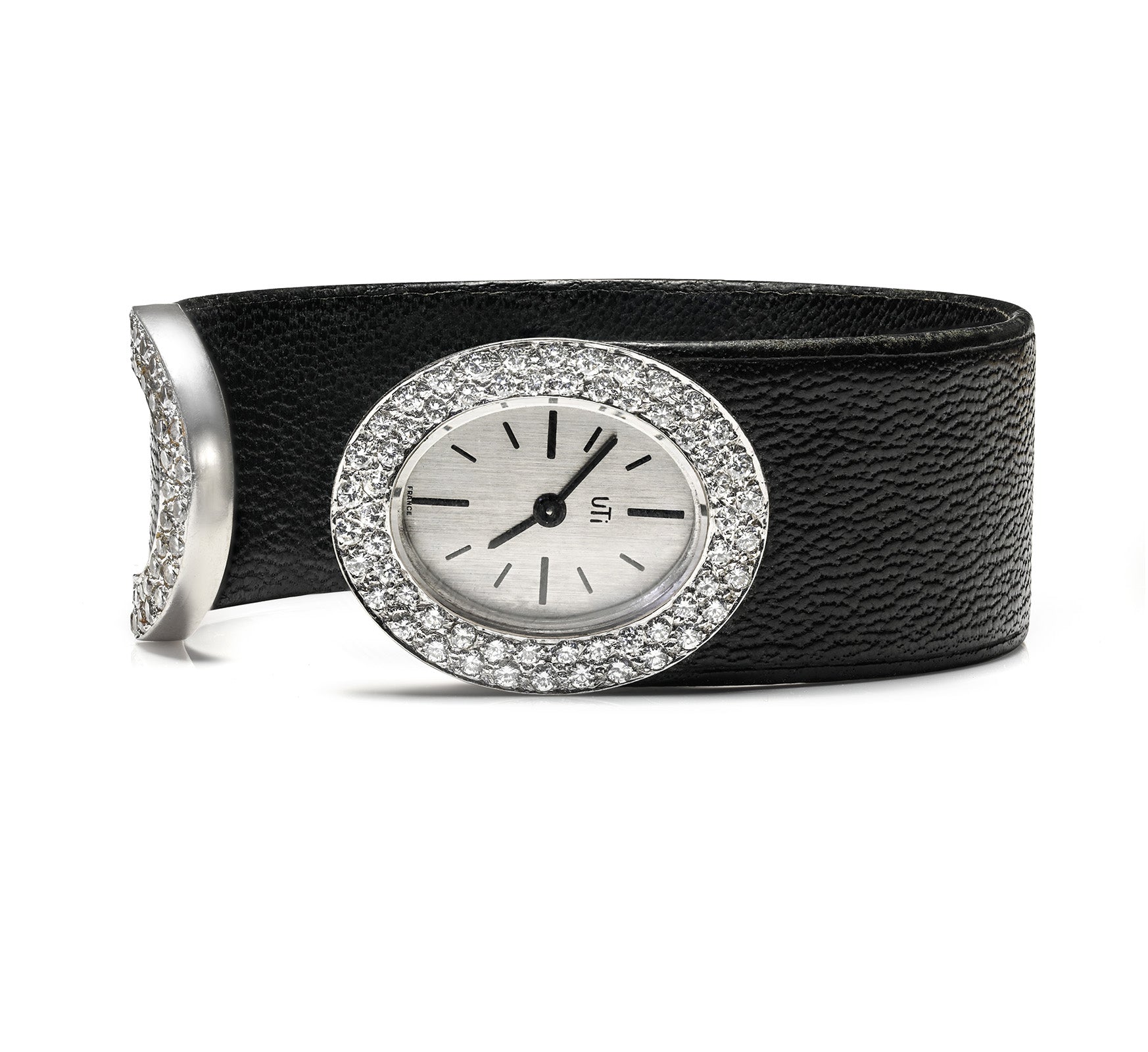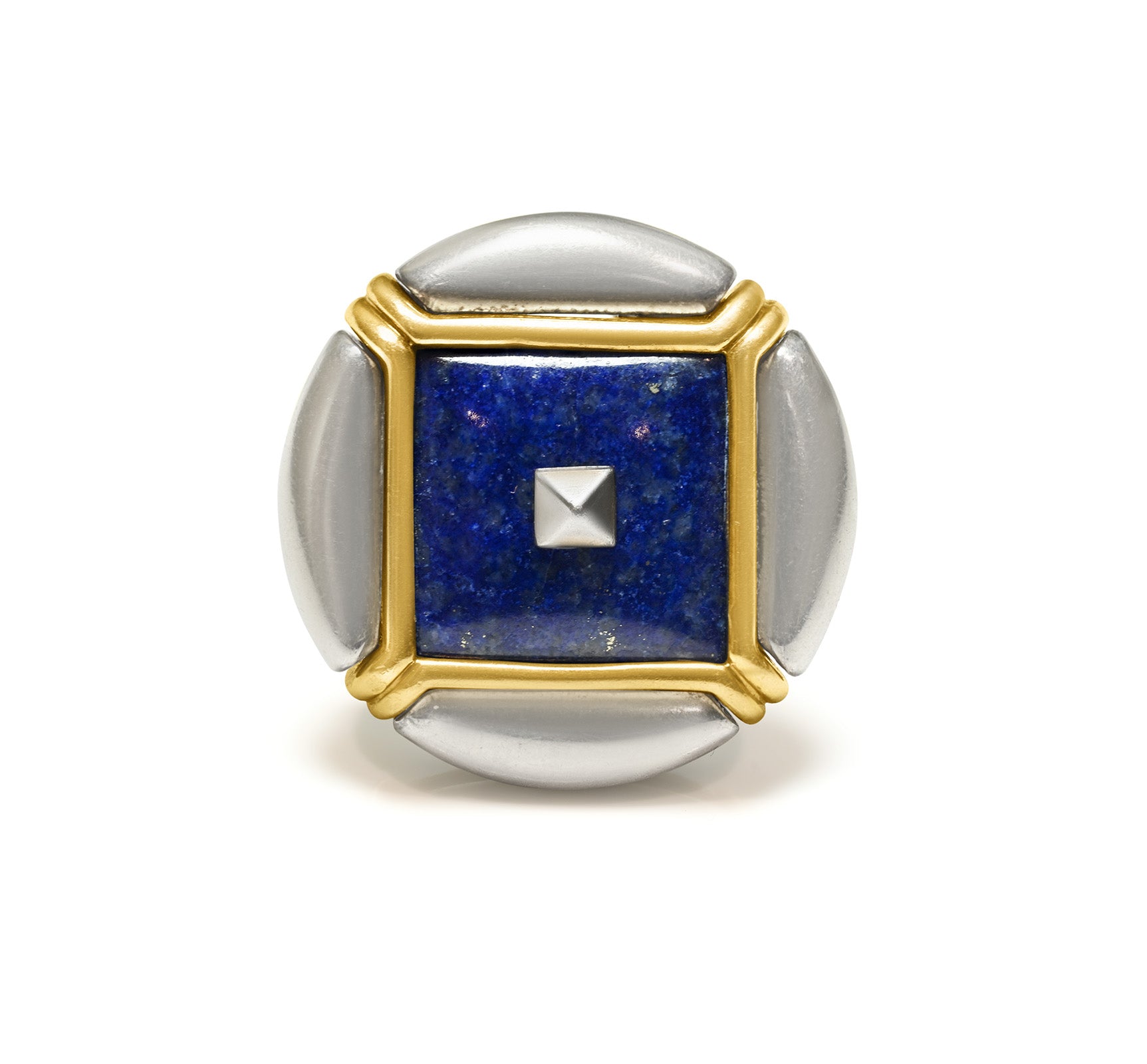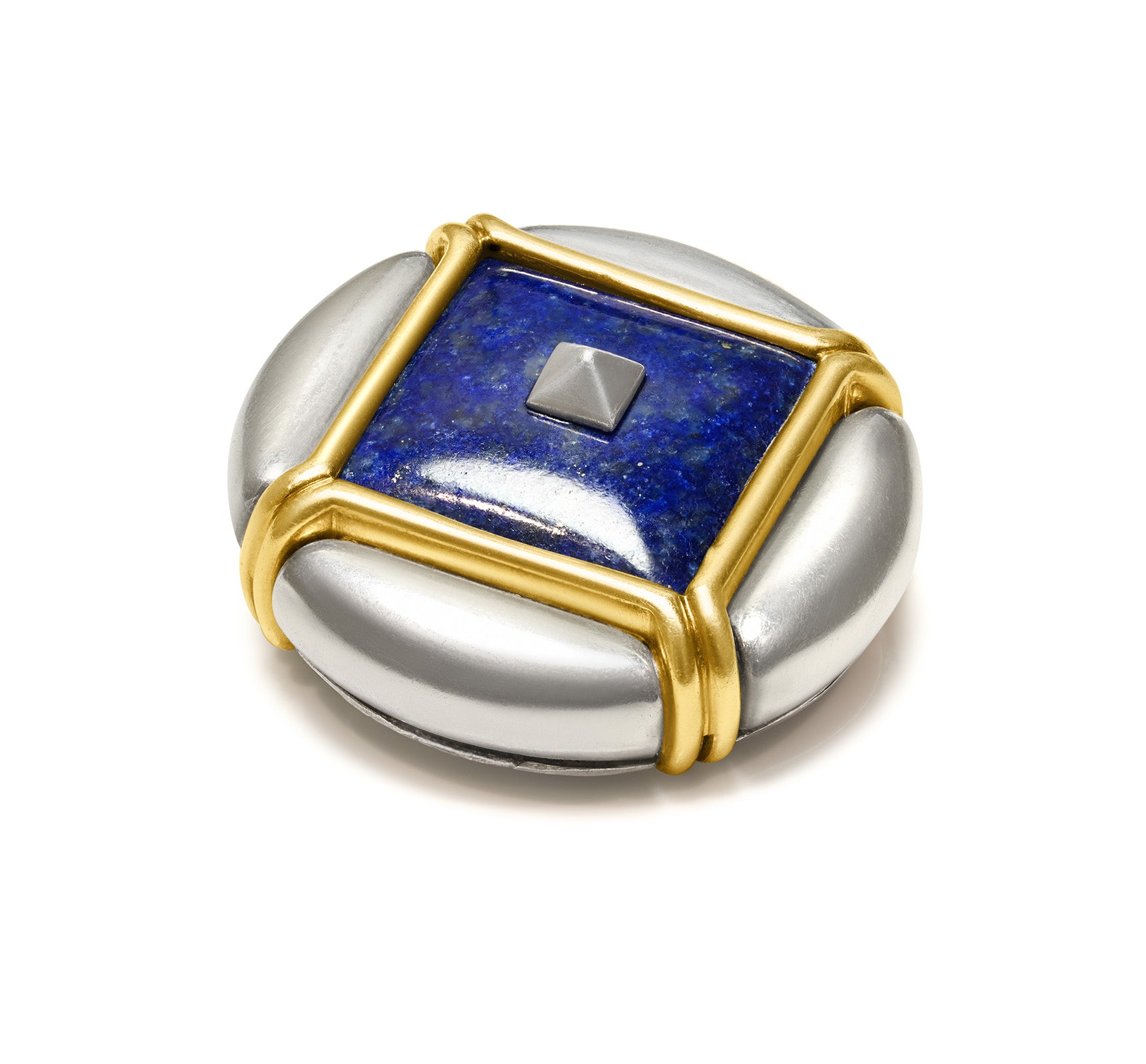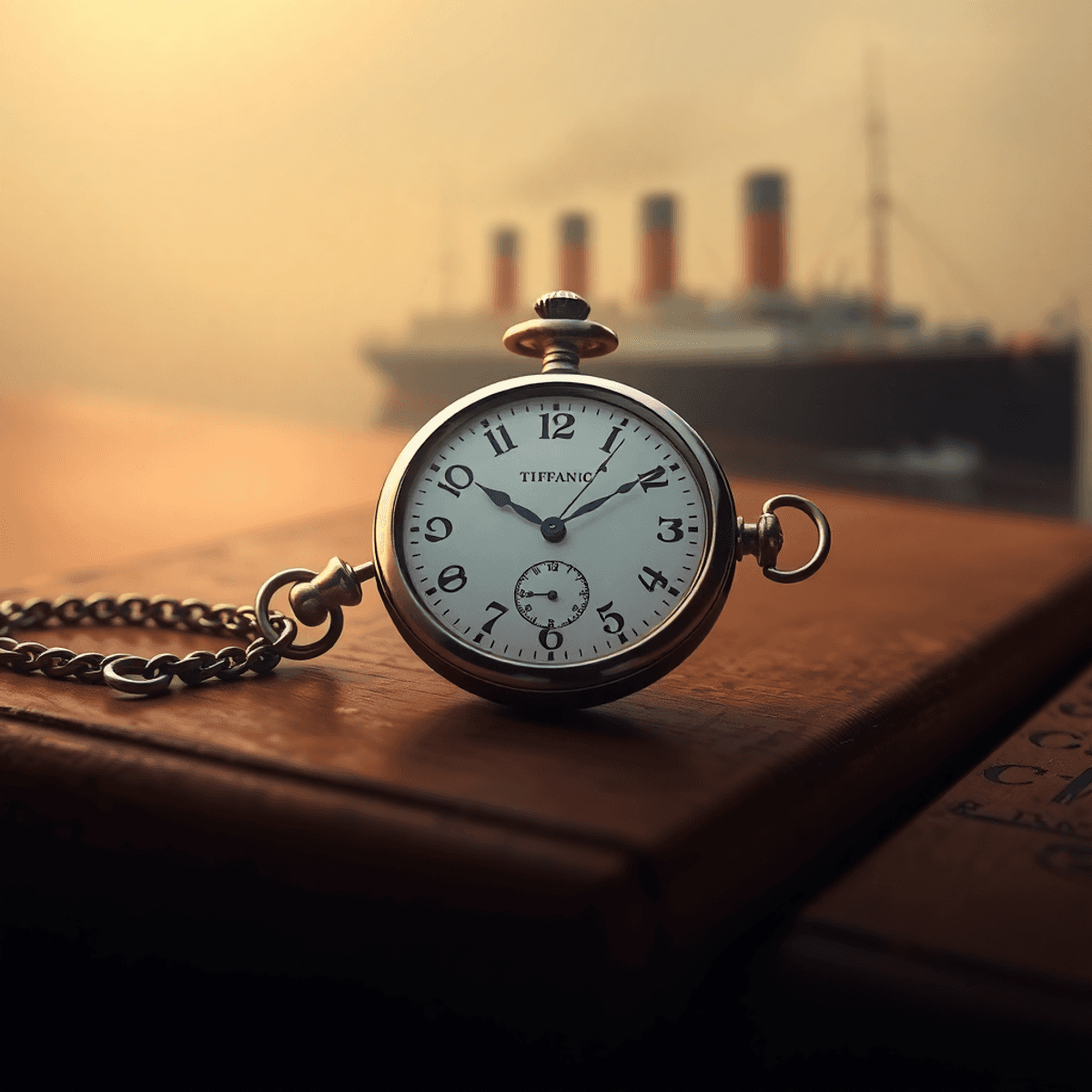
The Pocket Watch That Survived the Titanic: A Story of Resilience
Among the many artifacts recovered from the doomed voyage of the Titanic, one pocket watch stands out due to its extraordinary history and the powerful themes it represents. This particular watch, made by the famous Tiffany & Co., has become a symbol of both resilience and gratitude.
A Gift of Appreciation
This Tiffany pocket watch holds great historical significance as it was given to Captain Arthur Rostron of the RMS Carpathia in recognition of his brave actions in saving over 700 survivors from the freezing waters of the Atlantic. It is not just an object from the past, but a reminder of the strength of the human spirit in times of sorrow.
Themes of Gratitude and Compassion
As we explore its story, we can hear echoes of gratitude resonating through history, reminding us of the unwavering determination and kindness that emerged even from one of the most heartbreaking events in history.
The Titanic Tragedy: A Moment That Shook the World
The R.M.S. Titanic set sail on its first journey from Southampton to New York City, capturing the world's imagination with its grandeur and promise of luxury. However, on April 15, 1912, this symbol of wealth met a disastrous end. It struck an iceberg in the frigid waters of the North Atlantic and sank in under three hours, claiming over 1,500 lives.
This maritime tragedy echoed across nations and cultures, becoming one of history's most heartbreaking disasters. The magnitude of human loss was worsened by stories of bravery and sorrow—tales that still resonate more than a hundred years later. The sinking of the Titanic exposed serious flaws in maritime safety rules and resulted in major changes to international shipping laws.
The ship's sinking also left a lasting impact on popular culture. Songs, movies, and books have repeatedly told its tale, each version offering fresh viewpoints. The disaster sparked a shared sorrow and fascination that has endured through generations. This lasting curiosity is evident not just in cultural portrayals but also in the continued interest in Titanic memorabilia, artifacts that provide physical links to this pivotal event in history.
The Pocket Watch: A Symbol of Gratitude from Survivors
The Tiffany & Co. pocket watch stands as a testament to the resilience and gratitude of Titanic survivors. Crafted by the renowned jeweler Tiffany & Co., this timepiece exemplifies exquisite craftsmanship, featuring an 18-carat gold case that houses a meticulously designed mechanical movement. Known for their attention to detail and timeless elegance, Tiffany & Co. ensured that this pocket watch was not merely a functional object but a work of art in its own right.
Gifted to Captain Arthur H. Rostron of the RMS Carpathia, this pocket watch is imbued with deep significance. It was presented by the widows of three affluent businessmen who tragically perished in the disaster. These women, left in mourning yet filled with gratitude, chose to honor Captain Rostron for his courageous efforts in rescuing over 700 survivors from the icy waters.
A heartfelt inscription graces the watch, serving as a poignant reminder of bravery and humanity amidst catastrophe. The words express profound gratitude for Rostron's swift action and dedication during that fateful night, transforming the pocket watch into more than just an accessory—it became a symbol of hope and appreciation from those whose lives were touched by his heroism.
The Women Behind the Gift: Society's Role in Remembering the Titanic
After the Titanic tragedy, three remarkable women played a crucial role in honoring the bravery displayed during those terrifying moments. Madeleine Talmage Astor, Marian Longstreth Thayer, and Eleanor Elkins Widener were instrumental in commissioning the exquisite Tiffany pocket watch for Captain Arthur Rostron. This gesture was not only an expression of gratitude but also a societal acknowledgment of heroism.
Madeleine Talmage Astor
A young widow at just 19, had been honeymooning with her husband, John Jacob Astor IV, one of the wealthiest men aboard. Her survival amidst personal loss exemplified resilience, motivating her to honor those who aided others selflessly.
Marian Longstreth Thayer
Experienced profound loss, surviving alongside her son while her husband remained among the missing. Her involvement in commissioning the pocket watch stemmed from a deep sense of duty to recognize acts of courage.
Eleanor Elkins Widener
Another widow, faced similar grief after losing her husband and son. Her appreciation for Captain Rostron’s leadership was a driving force behind ensuring his efforts were immortalized through this symbolic timepiece.
These women, united by shared tragedy, transformed their personal sorrow into an enduring tribute. Their initiative served as a testament to society's capacity to remember and celebrate acts of bravery through tangible symbols like the Titanic pocket watch.
Captain Arthur H. Rostron: The Unsung Hero of the Carpathia
Captain Arthur H. Rostron, in charge of the R.M.S. Carpathia, became a symbol of hope during the Titanic disaster. His outstanding leadership and quick decision-making in the face of one of history's most notorious maritime tragedies speak volumes about his character.
1. Immediate Response
As soon as he received the distress call from the Titanic, Captain Rostron took action by instructing the Carpathia to change its course. He made the bold decision to navigate through dangerous ice fields at maximum speed, going against traditional maritime safety rules.
2. Preparedness and Coordination
Under his guidance, the crew got ready by preparing lifeboats, blankets, and medical supplies. They turned the ship into a center for rescue operations, making sure that every available light was turned on to help navigate through the darkness.
3. Rescue Efforts
On April 15th, 1912, just as dawn broke, Captain Rostron's relentless efforts paid off when he arrived at the scene and successfully rescued over 700 survivors from the Titanic. His ability to stay calm in high-pressure situations ensured that the rescue process was efficient and well-organized.
Captain Rostron's actions not only saved lives but also established a benchmark for future maritime rescue operations. His unwavering dedication and bravery embody true heroism, serving as a reminder of the profound influence one person can have during times of crisis. His legacy continues to inspire upcoming generations of seafarers and leaders alike.
Tiffany & Co.: Craftsmanship That Endures Through Time
Founded in 1837 by Charles Lewis Tiffany and John B. Young in New York City, Tiffany & Co. quickly established itself as a premier luxury jewelry brand. Known for its dedication to superior quality, the company became synonymous with elegance and sophistication.
Reputation for Exquisite Craftsmanship
Tiffany & Co. earned global recognition for its meticulous attention to detail and innovative designs. The brand's commitment to excellence is evident in its iconic pieces, such as the Tiffany Setting engagement ring introduced in 1886, which revolutionized how diamonds were showcased.
Timeless Designs
The company's timeless creations have graced the necks and wrists of royalty and celebrities alike. Its exquisite craftsmanship is not limited to jewelry but extends to watches, silverware, and other luxury items.
Historical Significance
Over time, Tiffany & Co.'s name became a hallmark of American luxury. Its storied history includes creating the Vince Lombardi Trophy for the NFL Super Bowl champions and crafting ceremonial swords during the Civil War.
The brand's enduring legacy is a testament to its unwavering commitment to quality and artistry. This reputation for excellence provides context for understanding why a Tiffany pocket watch was chosen as a gift honoring Captain Rostron's heroism—a symbol of gratitude crafted by one of the world's most esteemed jewelers.
The Cultural Impact of Titanic Memorabilia: From Tragedy to Treasure
The appeal of Titanic memorabilia remains strong, attracting collectors and enthusiasts around the globe. This fascination is fueled by the ship's tragic past and the narratives embedded in each item. Among these artifacts, pocket watches from the Titanic—whether salvaged from passengers or given as tokens of appreciation—hold a particularly meaningful significance.
1. Enduring Fascination
Titanic artifacts, including pocket watches, are more than just collectibles. They embody stories of heroism, loss, and resilience that resonate with people even today. Each piece carries a legacy of its own, igniting curiosity and reverence for the lives entwined with the ill-fated voyage.
2. Tangible Reminders
Items like John Jacob Astor IV's Waltham pocket watch or Captain Rostron's Tiffany & Co. timepiece serve as physical connections to history. These objects provide a palpable link to events over a century old, allowing collectors to hold a piece of maritime history in their hands.
3. Monetary Value
The collector's market places considerable value on Titanic memorabilia. Auction records reveal astonishing figures—Astor's watch fetching approximately $1.5 million and Captain Rostron's watch achieving £1.56 million ($1.97 million). Such prices underscore not just historical significance but also the immense demand within the collectors market.
These artifacts go beyond being mere possessions; they are treasures of history, filled with tales that continue to evoke wonder and contemplation.
Conclusion: Remembering Resilience Through Artifacts
The Tiffany pocket watch is a powerful reminder of resilience and gratitude in the midst of the Titanic tragedy. Its intricate design and heartfelt message capture the bravery of Captain Rostron and the deep appreciation of those he saved. This watch represents more than just a way to tell time; it symbolizes the unbreakable human spirit when faced with challenges.
By preserving historical artifacts like this pocket watch, we ensure that future generations can grasp the enduring legacy of resilience that has been passed down through the years. These treasures hold tales of bravery and kindness, serving as reminders of why it's crucial to remember. The lessons learned from events like the Titanic disaster are still significant today, urging us to value and protect these physical links to our history.
Through such artifacts, we continue to honor those who lived through history, keeping their memories alive and learning from their experiences.



